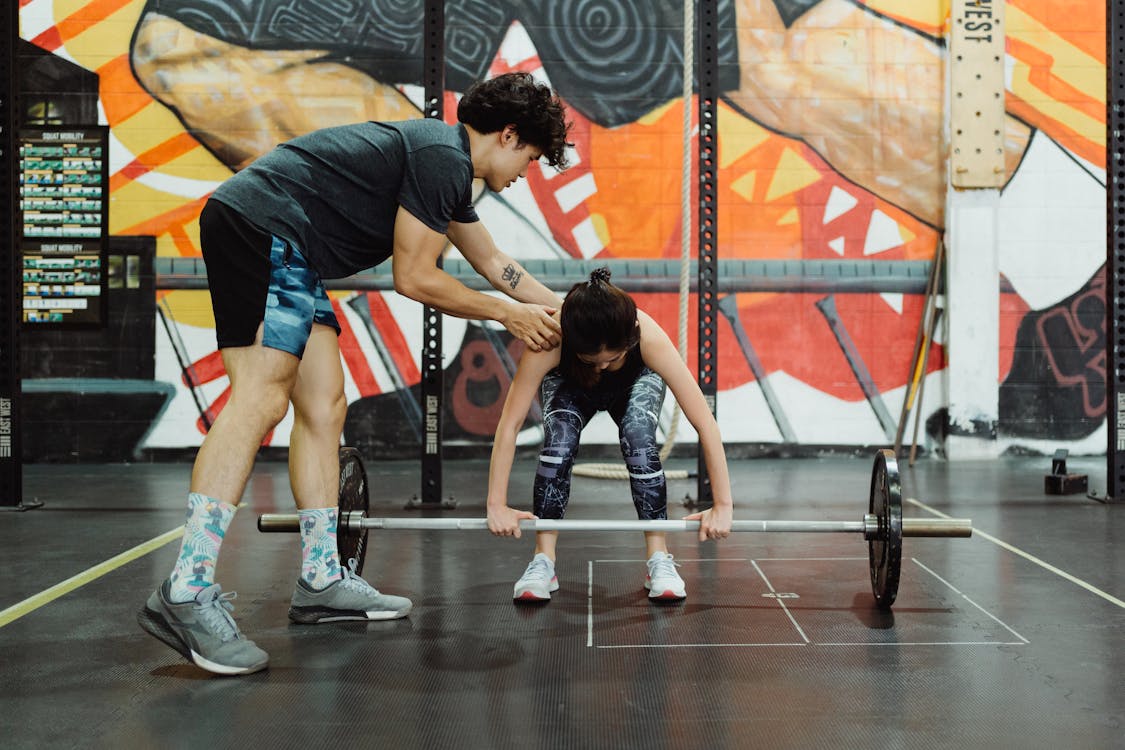 Mind
Mind
- Digital and Modern Well-being
- Mental Health and Emotional Well-being
- Mind-Body Connection and Holistic Health
- Parenting and Family
- Personal Growth and Development
- Relationships and Social Well-being
- Stress and Relaxation
- Therapeutic and Creative Practices
- Trauma and Recovery
- Work, Productivity, and Discipline
 Body
Body
 Fitness
Fitness
 Food
Food
 Beauty
Beauty
Best Practices for Safe Lifting Techniques

The One Thing That Could Save Your Back
Imagine this: You bend down to pick up a heavy box, thinking it’ll be quick and easy. But as you straighten up, a sharp pain shoots through your lower back. You freeze. That’s how it starts—a simple movement that leads to days, weeks, or even months of discomfort. The good news? Most back injuries caused by lifting can be prevented by following safe techniques.
Why Proper Lifting Techniques Matter
Lifting isn’t just for warehouse workers or gym-goers. Whether you’re shifting furniture, carrying shopping bags, or playing with your kids, the way you lift affects your body. Poor technique can lead to muscle strains, herniated discs, and long-term spinal issues. Workplace injuries related to manual handling cost businesses billions each year in healthcare and lost productivity. The key? Learning and applying safe lifting practices.
Step-by-Step Guide to Lifting Safely
1. Assess the Load
📦 Check the weight before you lift. If it’s too heavy or bulky, ask for help or use a lifting aid. Try nudging the object with your foot—if it barely moves, don’t attempt to lift it alone.
2. Plan Your Route
🛤️ Clear obstacles before moving an object. Tripping over a stray cable or uneven flooring while carrying something heavy can lead to serious injuries. Make sure you have a clear path before lifting.
3. Position Your Feet Correctly
👣 Keep your feet shoulder-width apart. This provides a stable base of support, helping you maintain balance while lifting.
4. Bend Your Knees, Not Your Back
🦵 Squat down rather than bending at the waist. Your leg muscles are stronger than your lower back—use them to do the heavy lifting.
5. Keep the Load Close to Your Body
💪 Hold the object as close as possible to your torso. This reduces strain on your lower back and improves control.
6. Lift with Your Legs
⬆️ Engage your thigh and glute muscles as you straighten up. Avoid jerky movements and rise smoothly to prevent strain.
7. Avoid Twisting While Lifting
🔄 Keep your shoulders and hips aligned. If you need to turn, pivot with your feet instead of twisting your spine.
8. Set Down the Load Safely
📉 Lower the object slowly by bending your knees. Don’t drop it suddenly, as this can cause injury to yourself or damage the object.
Common Lifting Mistakes to Avoid
❌ Lifting with a rounded back – This puts excessive strain on your spine.
❌ Holding the load too far from your body – It increases the risk of dropping it and places undue stress on your arms and shoulders.
❌ Twisting while carrying a heavy object – A common cause of slipped discs.
Tools and Equipment for Safer Lifting
🛠️ Lifting Straps – Reduce grip fatigue and help distribute weight evenly.
🛒 Dollies and Hand Trucks – Ideal for moving heavy items over a distance.
🧤 Grip Gloves – Provide better handling and prevent slippage.
🏗️ Hoists and Mechanical Aids – Necessary for industrial settings or extremely heavy loads.
Who Can Benefit from Safe Lifting Techniques?
🏢 Office Workers – Lifting office supplies, moving desks, or handling deliveries.
🏠 Homeowners – Moving furniture, carrying groceries, or lifting kids.
🏋️ Athletes and Gym Enthusiasts – Preventing injuries while weightlifting.
🚑 Healthcare Workers – Assisting patients safely to avoid musculoskeletal injuries.
Final Thoughts
Lifting is a natural movement, but doing it incorrectly can lead to unnatural consequences—pain, injury, and even chronic conditions. By taking a few seconds to assess, position, and lift properly, you can protect your body for the long haul. Start applying these best practices today and make safe lifting a habit. Your back will thank you!
